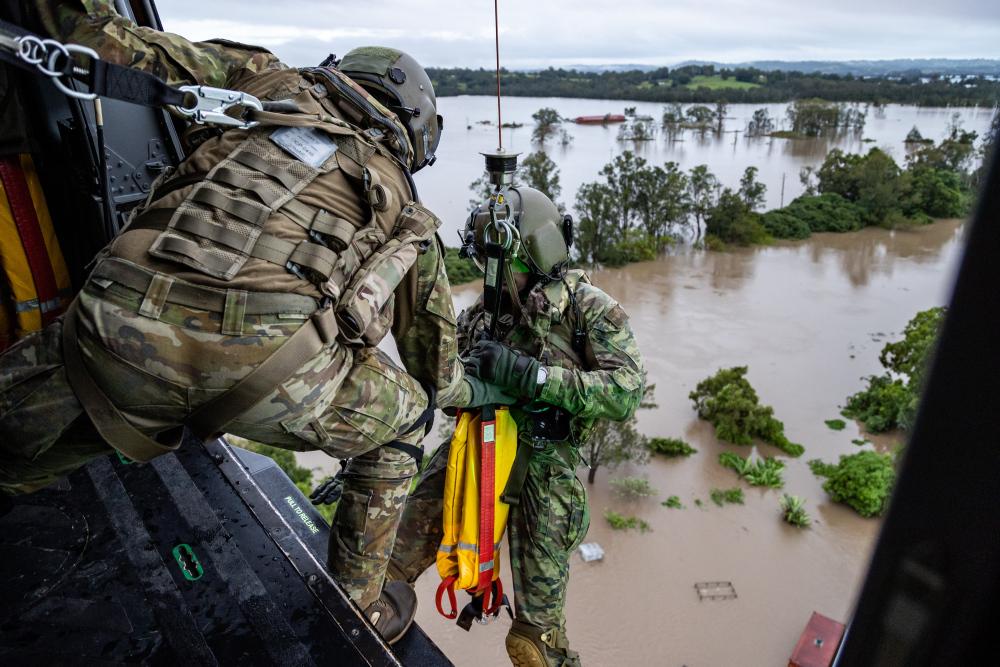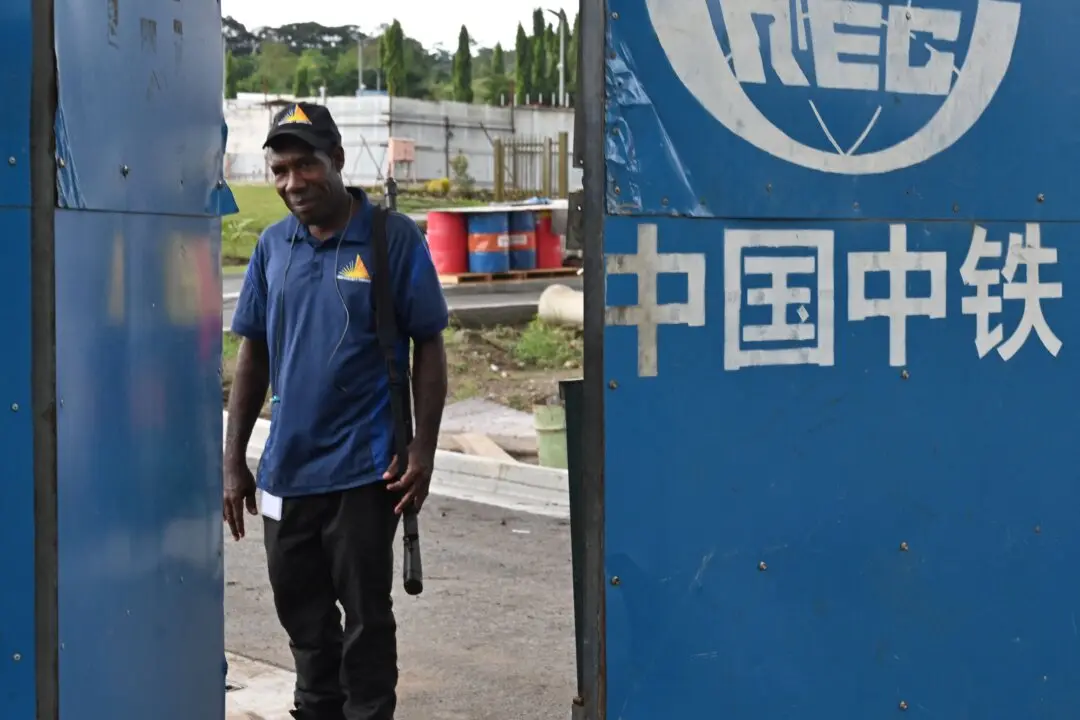Young Australians should be encouraged to join a revamped, voluntary national service where over 18s can enlist in the military or community service, according to one defence industry expert.
The suggestion from Lincoln Parker, chair of the Liberal Party’s Defence and National Security Policy Branch, was one of several to overhaul the country’s defence force so it is better prepared for any conflict in the Indo-Pacific region.





